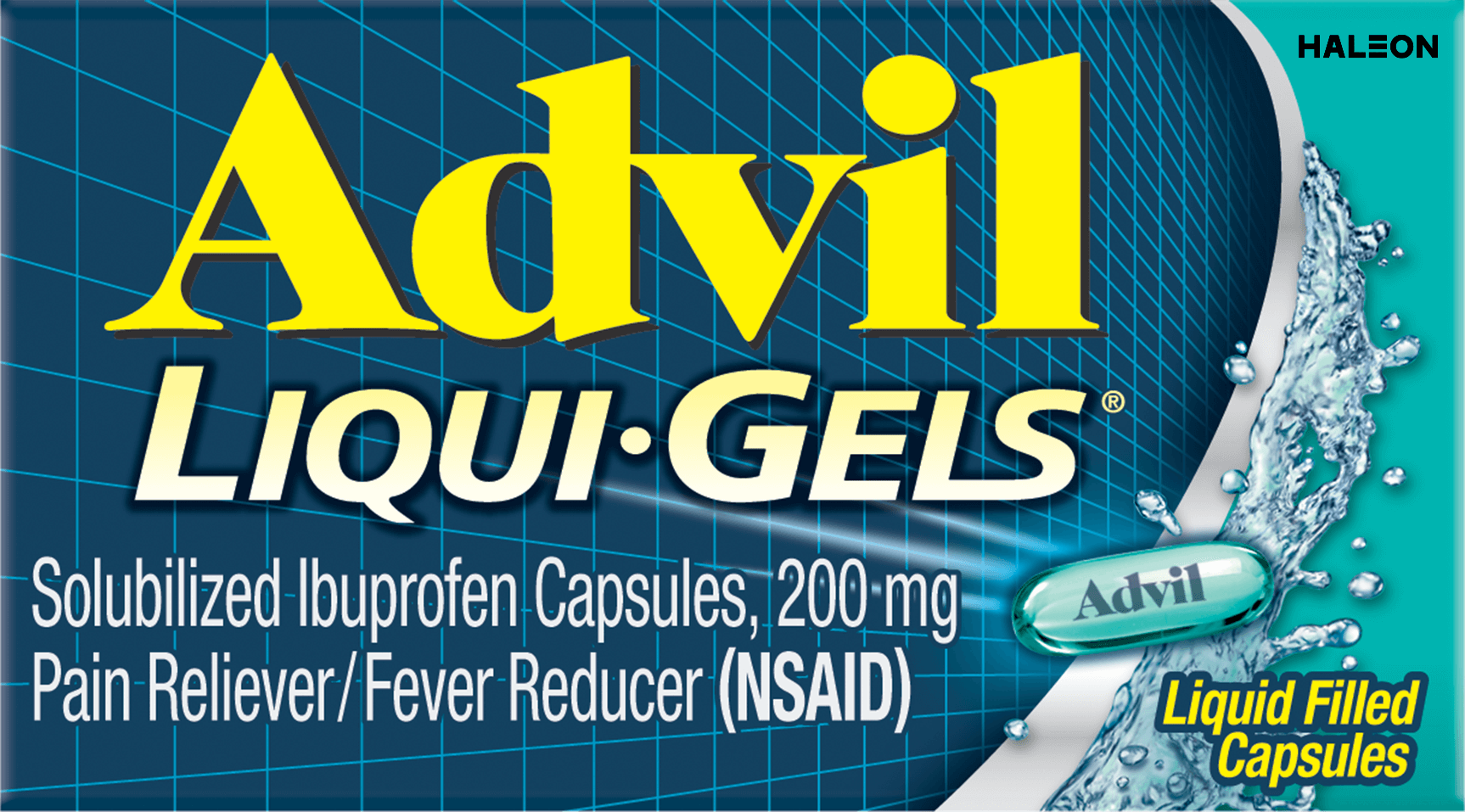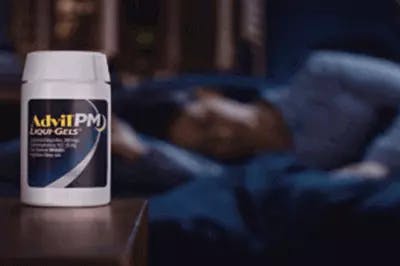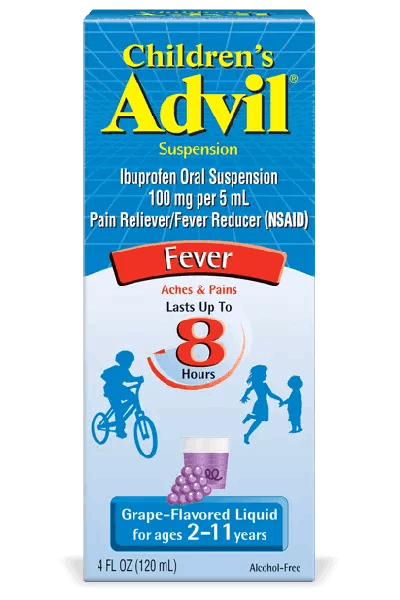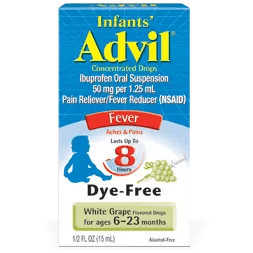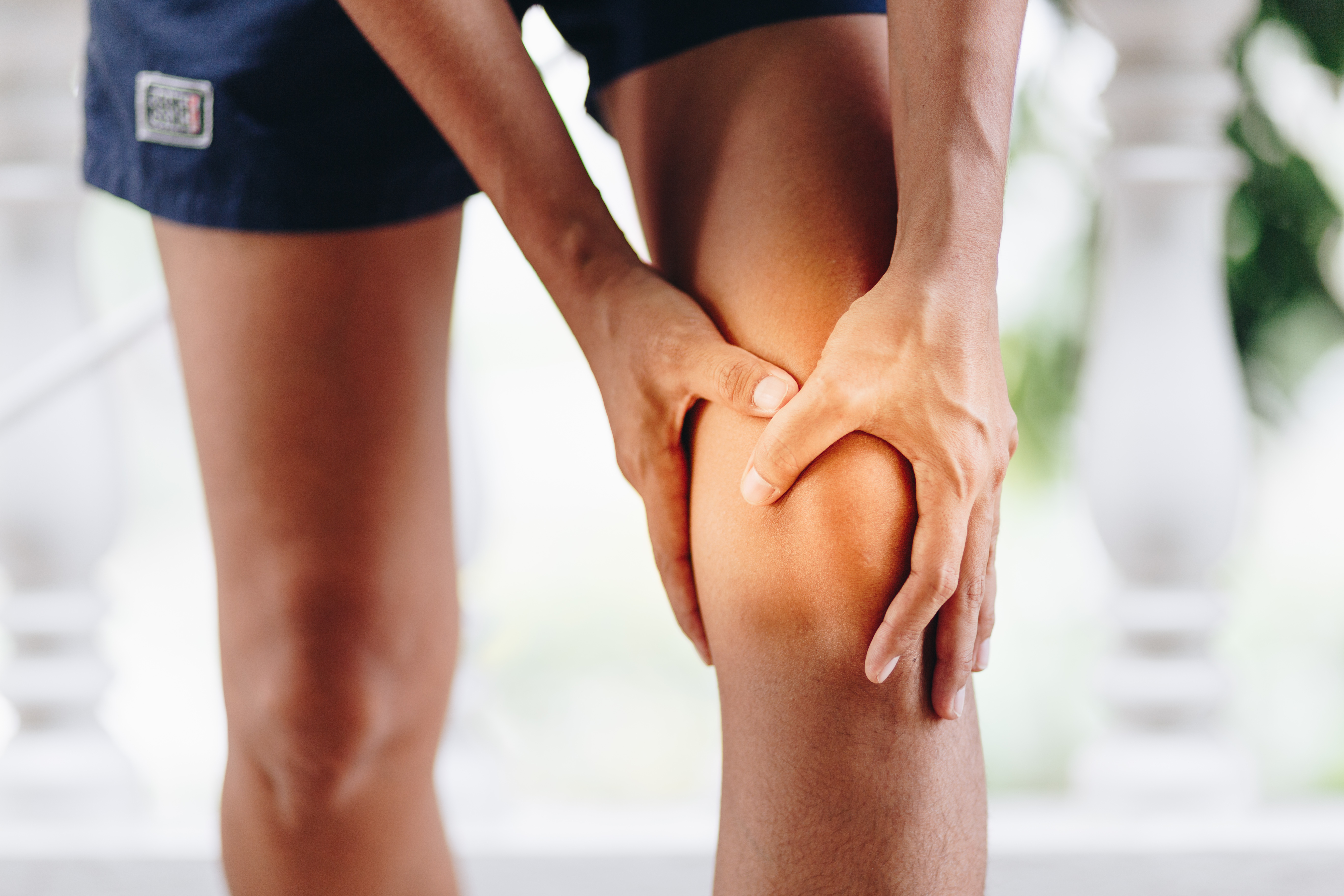What Is Runner’s Knee?
Minor Arthritis & Joint Pain
If your knee hurts after running, you may be rightfully concerned. Luckily, aches and pains during or after exercise might not be a sign of serious injuries. Normal wear and tear from activity can cause pain. Runner’s knee, also known as patellofemoral pain syndrome, means that you experience dull pain around the front of your knee, the patella.1 This is where the knee connects with the lower end of your thighbone.1 This common type of injury is often referred to as runner’s knee because it’s most frequently experienced by people who participate in sports that involve running or jumping.2 Runner’s knee can occur in one or both knees and affects both children and adults.3 Keep reading to find out more about the symptoms of runner’s knee and how to treat knee pain after running.
What Are the Symptoms of Runner’s Knee?
The primary symptom of runner’s knee is a dull, aching pain in the front of your knee that occurs when you are active.1 It can increase while you run, walk up or down stairs, sit for a long time, or squat with your knees bent.2,3 Other symptoms of runner’s knee include a kneecap that is tender to the touch and a rubbing, grinding, or clicking sound of the kneecap when you bend and straighten your knee.1 Often, the symptoms of runner’s knee develop gradually and get worse with activity.3 The symptoms of runner’s knee may look like other conditions and health problems.1 You should consult with your healthcare provider for a diagnosis and any management questions.
What Causes Runner’s Knee?
The exact cause of runner’s knee is unknown.2 However, several factors may contribute to the development of runner’s knee. Factors that may cause your knee to hurt after running include:2,3
- Overuse of the knee joint, typically from frequent running or jumping
- Kneecap alignment problems
- Weak muscles surrounding the knee
- Poor foot support, often related to footwear
- Walking or running with your feet rolling in
- Certain anatomy or body types
- Hard playing surfaces
- Injury
How to Treat Knee Pain After Running
Runner’s knee and other minor injuries that occur from running can often be treated at home. Your treatment will depend on the severity of your symptoms.3 Your healthcare provider can recommend treatment options for you. One of the most common at-home treatment for runner’s knee uses the RICE method to ease symptoms:3
- Rest. Avoid putting any weight on the knee.
- Ice. Apply cold packs wrapped in a towel for no more than 20 minutes at a time, several times each day. Avoid applying ice directly to your knee.
- Compression. Lightly wrap your knee using an elastic bandage. Leave an opening over your kneecap. Make sure the bandage is not wrapped too tight and does not cause pain.
- Elevation. Rest with your knee elevated higher than your heart.
In addition to the RICE method, over-the-counter pain medications may relieve your pain. Non-steroidal anti-inflammatory drugs like Advil are good options for easing pain associated with runner’s knee.3 Your healthcare provider may also recommend special shoe inserts that can stabilize and align your foot and ankle, taking stress off your lower leg and knee.3
Runner’s Knee Prevention
Although knee pain may often be inevitable, there are certain steps you can take to help prevent the pain.1,2
- Maintain strength. Strong quadriceps and hip abductor muscles help keep your knee balanced during exercise and activity. Avoid deep squatting during your weight training, as it can put stress on your knees.
- Losing weight if needed. Losing weight may relieve stress on your knees.
- Warm up and stretch before exercise. Before running or participating in other exercises, warm up with a few minutes of light activity. Gentle stretching exercises promote flexibility and can help prevent injury.
- Choose the right footwear. Shoes that fit well and provide good shock absorption can prevent runner’s knee. If you have flat feet, shoe inserts can also help prevent injury.
Understanding the cause of your knee pain can you help you properly treat your symptoms and avoid further injury. While not all knee pain will require professional care, you should talk to your doctor if you think you have runner’s knee. Visit the Advil website to explore more articles about treating pain and tips for exercising.
Source Citations:
- Patellofemoral Pain Syndrome (Runner's Knee). https://www.hopkinsmedicine.org/health/conditions-and-diseases/patellofemoral-pain-syndrome-runners-knee. Accessed 11/16/21.
- Patellofemoral pain syndrome. https://www.mayoclinic.org/diseases-conditions/patellofemoral-pain-syndrome/symptoms-causes/syc-20350792. Accessed 11/16/21.
- Patellofemoral Pain Syndrome (PFPS). https://my.clevelandclinic.org/health/diseases/17914-patellofemoral-pain-syndrome-pfps. Accessed 11/16/21.

